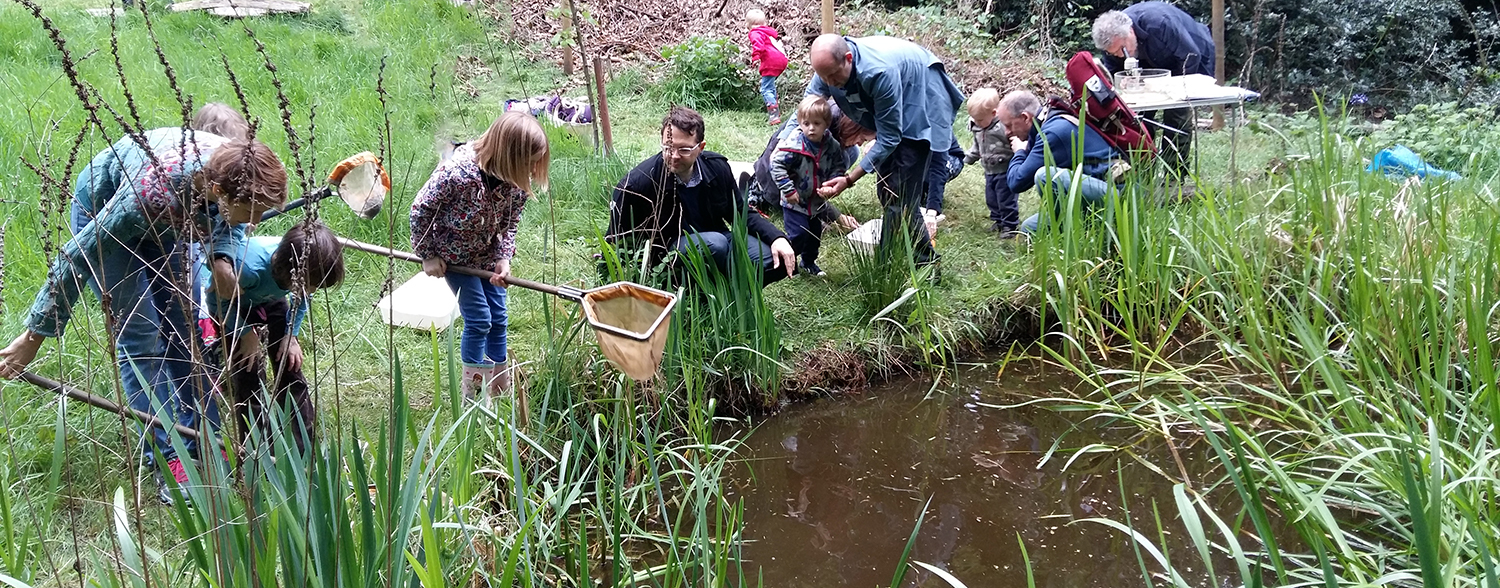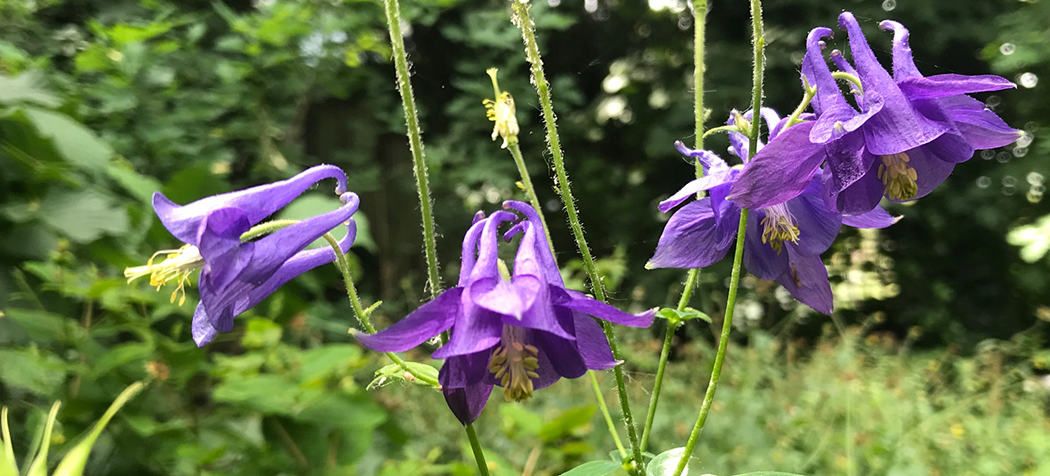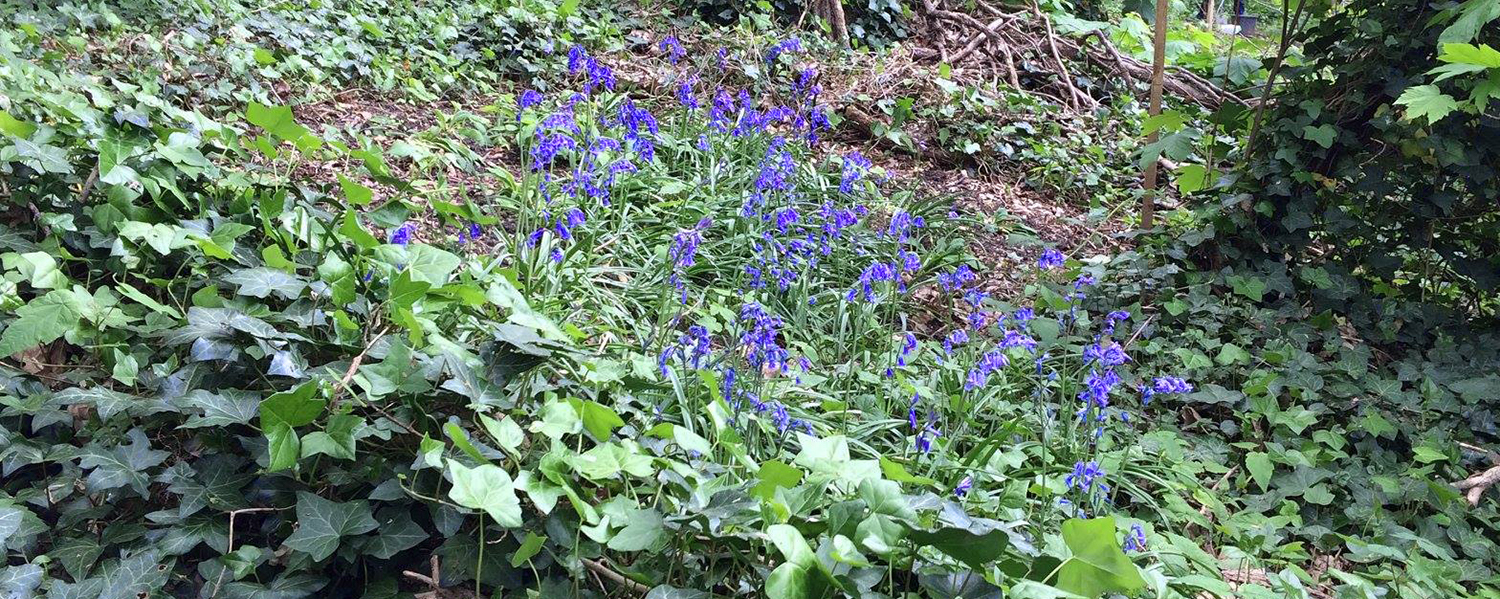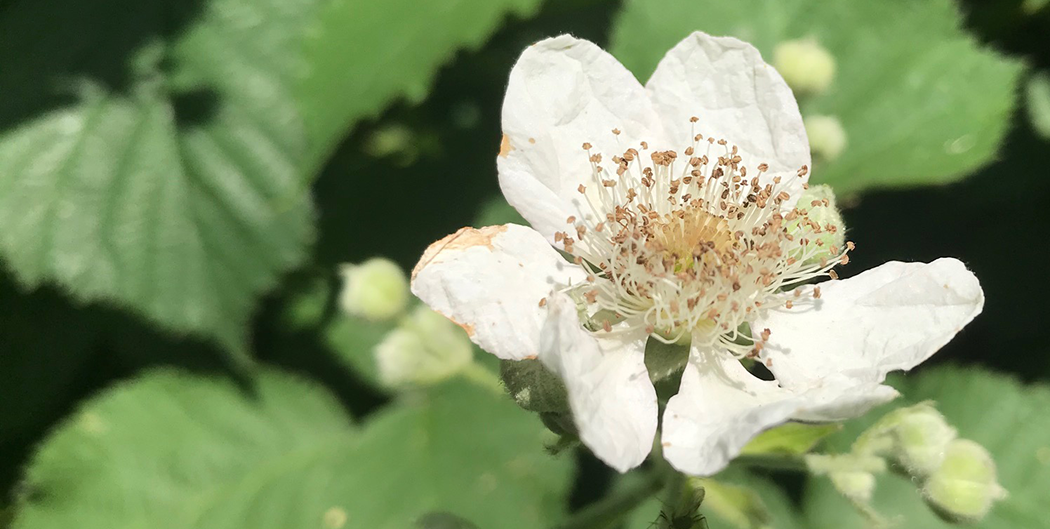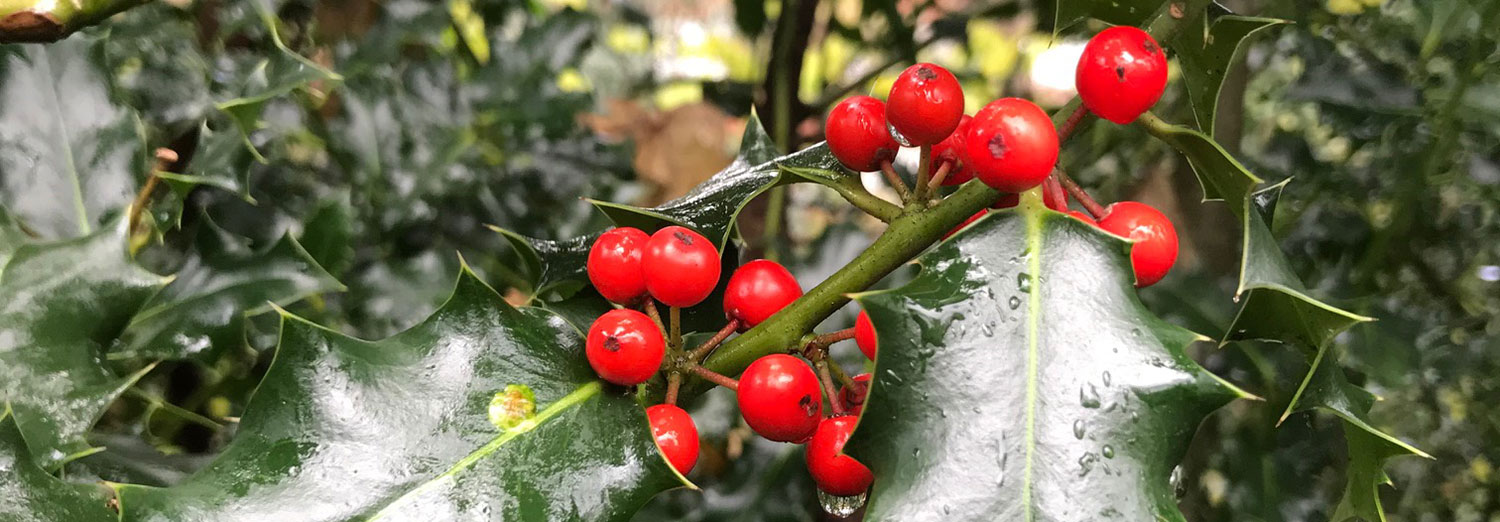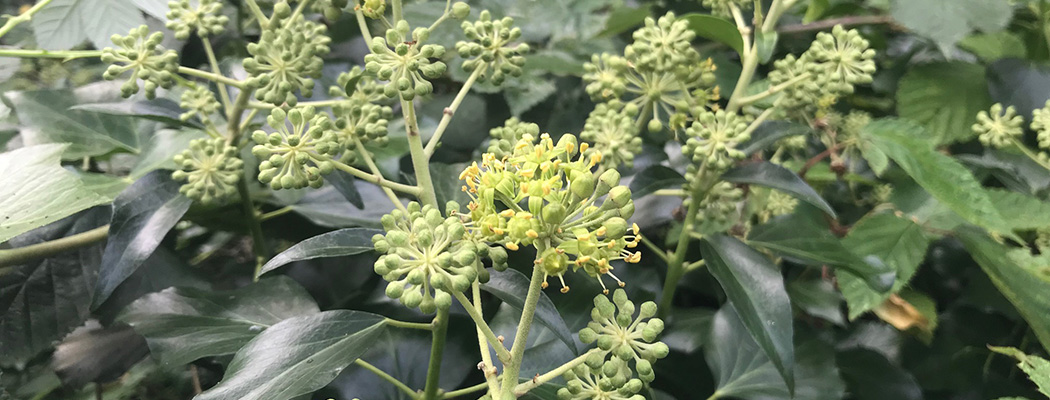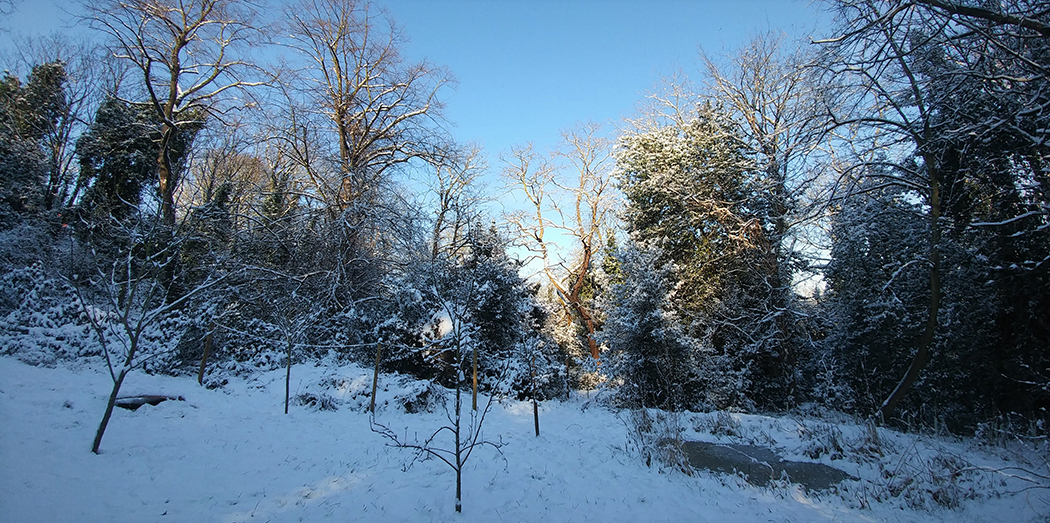Bat Survey – May 2017
On a warm Sunday evening (21st May 2017), over a dozen people joined the kind assistance of Les Clark, of the London Bat Group, who gave the group a very enthusiastic talk of the lifes of bats in Britain and also of the world. He kindly supplied the group with several bat detectors which helped us to identify some of the bats that were around.
We met around at 8.45 pm (shortly before sunset) on a warm, still evening, just as it was starting to become dark. Within moments after Les’s talk, we were already detecting Common Pipestrelles, as we have done on previous years, and in good numbers too. These were detected near the Woodland’s entrance and in the Glade area. Pipistrelles are the commonest and most widespread of all British bat species. A single pipistrelle can consume up to 3,000 insects in one night. according to The Bat Conservation Trust, “Common Pipistrelles feed in a wide range of habitats comprising woodland, hedgerows, grassland, farmland, suburban and also urban areas. They generally emerge from their roost around 20 minutes after sunset and fly 2-10m above ground level searching for their insect prey”.
The other species we were extremely certain to have observed were Soprano Pipistrelles. These 2 species were only identified as separate species in the 1990s. Soprano Pipistrelles, according to The Bat Conservation Trust “usually feed in wetland habitats, for example
over lakes and rivers, and also around woodland edge, tree lines or hedgerows, and in suburban gardens and parks”.
It was noted that the residential block on Tom Smith Close, nearest the gate and Seren Park was observed to have quite a few bats moving around the top of its roof.

